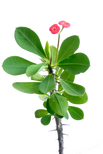
The crown of thorns is a vinelike plant with thorns that is popular as an indoor plant and sometimes as a garden shrub. In appearance it has stout grey thorns and oval leaves that tend to drop as they age. This plant can also flower year round with a cluster of small flowers surrounded by two light red leaflike structures that live below the flowers. Care Instructions: Crown of thorns is a fairly hardy plant that can thrive in many types of conditions. It highly benefits from very little maintenance, so as it matures only lightly prune it. If you happen to notice rotting or brown patches on stems or leaves, trim these to prevent it from spreading. When watering this plant, water it well and then leave the soil to dry around 50 percent before watering again during the growing season. When it stops flowering, reduce the amount of water but never let it dry out completely. At the end of each growing season remove any dead leaves and flowers that have begun to deteriorate, and branches that lack leaves, to stimulate new growth in spring.
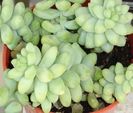
Burro’s tail has a look of woven leaves and is a grey to green, or even a bluish green color. It may have a slightly chalky look; however, this is of no concern as that is natural in this plant. It produces very long stems that hang down, similar to the way some bonsai trees do but it has a very different look with its long fleshy leaves. Care Instructions: To care for this plant, you should place it in a shaded area that still gets some bright light or partial sun. If you fail to provide these conditions then your plant will actually burn under the hot sun. As for watering, be careful not to overwater as the leaves store water and will rot if you provide too much. Watering every 10 to 15 days should be great for this plant; just give it a thorough drink when doing so. When the days are warmer, water it every 9 to 12 days to ensure it doesn’t dry out.

Pincushion cactus is a somewhat upside-down pineapple shape that varies from a brownish color to a bright green or deep forest green. Certain strains of this plant grow bright pink/purple flowers on top and are very spiny. Care Instructions: Being a very simple plant, it doesn’t take much care and is one of the better plants for beginners. Plant it in very gritty soil that has been well drained and allowed to completely dry out between waterings. Water moderately and as extra care, feed it every two to three weeks with a liquid fertilizer. In the winter it is best to keep the pincushion cactus almost completely dry.
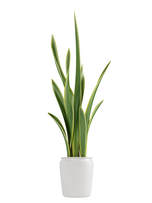
The snake plant looks similar to aloe vera plants but tends to stand more straight and has thicker leaves. In maturity, the leaves are dark green with light grey bands, and sometimes there is a lighter green outline on the leaves. Care Instructions: To properly care for a snake plant, position it in an east, west, or north window throughout the year. If you place it in a south-facing window, ensure that it is at least one foot from the window and turned to its side year round. If possible, use some sheer drapes in order to filter the intense sunlight, and turn the pot a quarter turn every week for even exposure. Like the pincushion cactus, allow it to dry between waterings and water less during the winter months.
| Ponytail Palm The ponytail palm is somewhat of an unusual plant. It has a bulb-shaped trunk and very long curly leaves that are a bright green to dark green color and it’s quite visually appealing. The ponytail palm isn’t actually a palm nor a tree, it’s a part of the agave family. Care Instructions: This plant needs very little care as it actually requires dry soil in order to thrive. Water it from spring throughout the fall, but allow the soil to dry on the surface in between. Only water occasionally during winter. Fertilize your plant once a year in the spring and move to a brighter room in the summer months. Repot your ponytail palm every other year in a container that is an inch or two bigger than the last. |
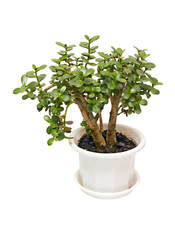
Jade Plant
Jade plants are actually considered to be a lucky plant and this is why many people choose to have them in their homes. It’s an evergreen plant with thick branches and shiny, smooth, fleshy leaves that grow in opposite pairs along the branches. These plants are usually a very rich green color but can also sometimes appear yellow. Care Instructions: When caring for your jade plant be sure to water it properly – you can’t let it dry out completely; however, watering it too often will cause it to contract root rot very quickly. You shouldn’t have a schedule to water your jade plant, rather water it when the soil begins to feel dry. Unlike the other succulents on this list, jade plants need full sunlight to grow properly or their growth will be stunted. Fertilize every six months or so.
Indoor succulents can make an amazing feature to your home. They are very attractive and require minimal effort to care for. Almost anyone can successfully keep them and have them thrive within their home. Special Note: Succulents tend to be bothered less frequently by insect pests than other houseplants, but should you have a problem try a natural remedy such as garlic bug spray. See my website for a baking soda mixture that can be used for fungus.
~ Barbara Herring, a resident of Kentucky, found Our BerkshireTimes magazine online and requested to share some of her informative articles with our readers. Barbara describes herself as a self-sufficient gardener (as much as one can be!) and is currently working on a food production system on her four-acre property near Kentucky Lake. In 2009 after a job loss and the subsequent economic crisis, she set about documenting and relaying her 33 years of knowledge in the realms of gardening, hunting, fishing, and other food-gathering activities. www.the10thcircle.com.

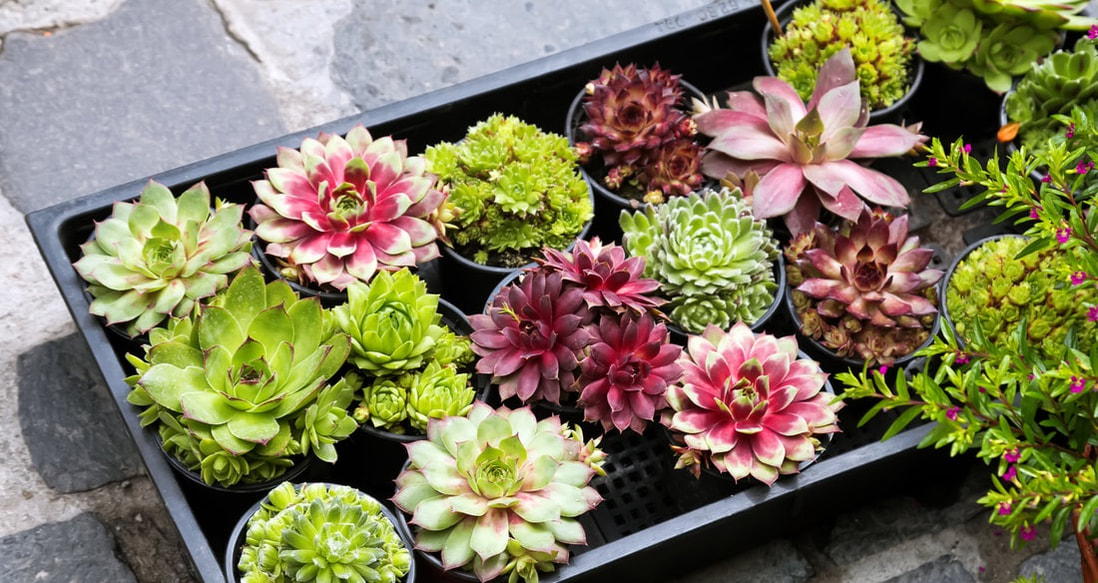
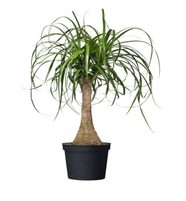
 RSS Feed
RSS Feed